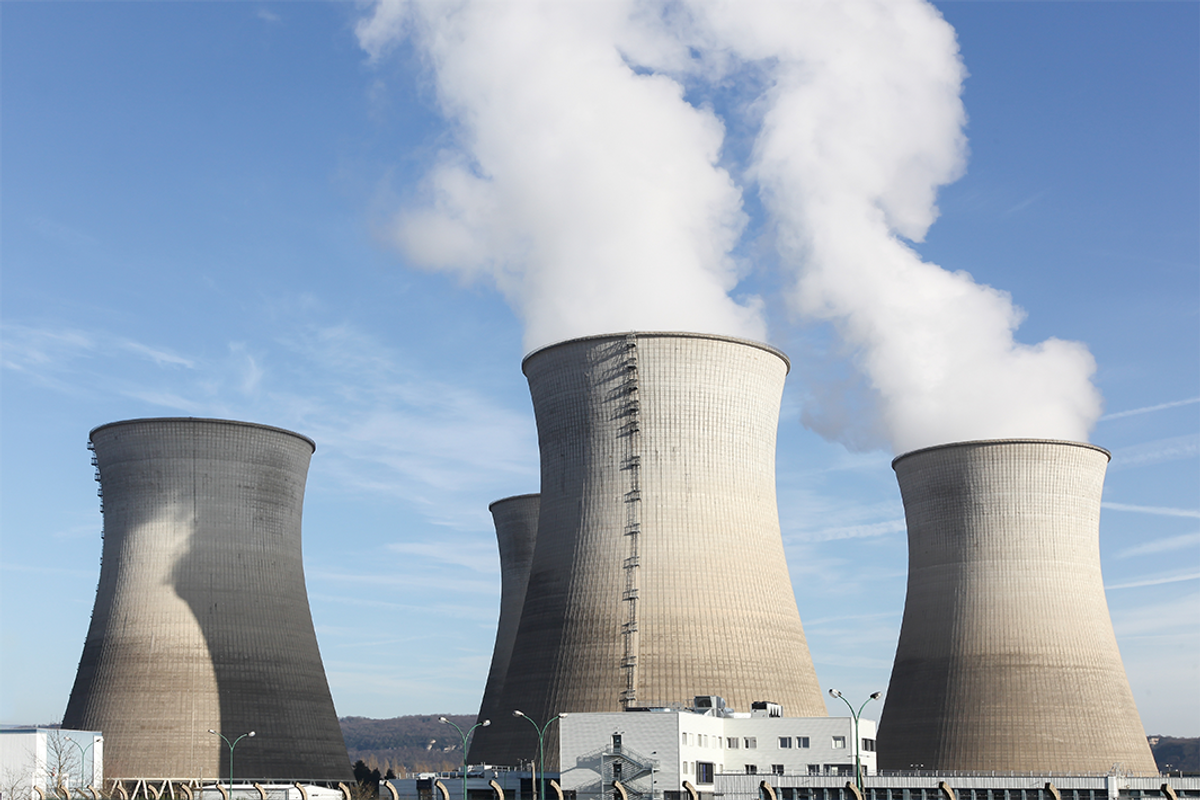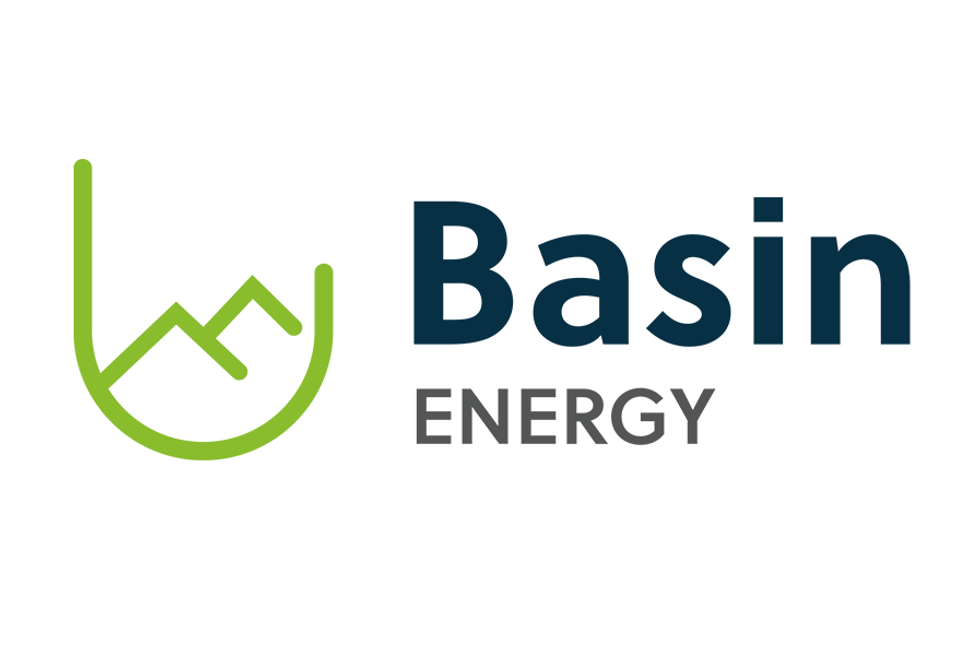
Demand for clean energy is on the rise, and nuclear power has become one of the most popular approaches to fill the demand gap.
Conversations about the critical minerals race sometimes neglect to mention uranium. It’s not always listed as a critical material (it may be left off certain lists and considered a fuel material instead). But it’s very much in a critical situation.
Uranium plays a pivotal role in the green energy revolution that’s happening worldwide. It’s a key ingredient in nuclear power generation and has a litany of other uses too. It’s in short supply, and challenges around securing supply chains are ramping up.
A new look at uranium sees it having a wide array of uses that suit green economies. Uranium-mining companies seek to level up and develop deposits to satisfy worldwide demand.
Nuclear needs
Uranium is seeing strong demand because of its pivotal role in generating nuclear energy.
“Uranium is used in nuclear reactors to develop electricity. It’s the cleanest power generator out there,” said Mike Stier, CEO and director of Saga Metals (TSV:SAGA). The company's flagship project, the Double Mer uranium property, is located in Labrador, Canada, and is comprised of 1,024 claims over 25,600 hectares.
Sampling during a field program confirmed the presence of uranium mineralization, supporting the view that the trend could extend beyond what was initially projected and the possibility of an even larger uranium mineralization.
Growing nuclear power has become a cause for many governments and institutions.
At COP28 in December 2023, attendees discussed the importance of small modular reactors for a net-zero future. The leaders of 20 nations signed a pledge to triple nuclear energy capacity by 2050.
Meanwhile, in September 2024, 14 major financial institutions endorsed a pledge that expressed support for the call to action to triple global nuclear energy capacity by 2050.
Some of the renewed interest in nuclear power has been driven by innovations in small modular reactors. These prefabricated, small reactors — just a fraction of the size of a traditional reactor and generating up to 300 megawatts of power — use uranium, but more efficiently. While only a few are already in operation, 80 different designs are being developed in 18 countries, with many expected to come online in a few years. They offer a portable and more flexible way to generate nuclear power.
“The technology behind nuclear reactors and small modular reactors has advanced tremendously,” said Stier. “The footprint of a small modular reactor compared to a traditional reactor and the output comparison is staggering. The small modular reactor is certainly the way of the future.”
Uranium’s other uses
While uranium’s predominant use is for nuclear energy, there’s much more to this mineral.
It also has military uses like powering nuclear submarines. Depleted uranium is used as radiation shielding and for building armor-piercing weapons.
Uranium has numerous uses in the medical field as well, such as in X-rays and radiation cancer treatments. It is also used in scientific research, agriculture and even space exploration.
The World Nuclear Association forecasts demand for uranium will grow 28 percent by 2030 and nearly double by 2040.
Nuclear deals of note
Microsoft (NASDAQ:MSFT), in partnership with Constellation Energy (NASDAQ:CEG), has a deal to resurrect a unit of the Three Mile Island nuclear power plant in Pennsylvania. The plan is to use the clean energy for data centers — both cloud computing and artificial intelligence require considerable energy.
“These are major moves that signal a big shift in the comfortability towards nuclear,” said Stier.
As well, China has become a huge player in nuclear energy. It has 21 nuclear reactors under construction, with plans to generate 21.61 gigawatts of electricity. A recent stimulus package will invest 800 to 100 billion yuan into nuclear power.
Uranium’s new demand
While a renewed interest in the past few decades in nuclear energy has spurred some uranium exploration, the Fukushima accident in 2011, in which all three large cores of the power plant melted down after an earthquake and tsunami, turned around interest in nuclear power.
That’s been changing again more recently. Prices in 2024 have been strong due to supply uncertainty and growing data center demand for power. As well, in August 2024, Kazatomprom (LSE:KAP,OTC Pink:NATKY), the world’s largest uranium producer, cut its 2025 production guidance by 17 percent, causing prices to further rise amid supply worries.
Stier’s Saga Metals is strategically positioned to play an essential role in North America’s uranium supply chain through its Double Mer uranium project in Eastern-Central Labrador. Leveraging rich historical data and a targeted approach to expansion, Double Mer is poised to stand out as a promising asset.
Investor takeaway
Demand for clean energy is on the rise, and nuclear power has become one of the most popular approaches to fill the demand gap. Uranium, as a key component in nuclear power generation, will see steady and rising demand in the coming years. Exploration and development in uranium mining is necessary to build reliable supply chains, making this sector an appealing investment opportunity.
This INNSpired article is sponsored by Saga Metals (TSXV:SAGA). This INNSpired article provides information which was sourced by the Investing News Network (INN) and approved by Saga Metals in order to help investors learn more about the company. Saga Metals is a client of INN. The company’s campaign fees pay for INN to create and update this INNSpired article.
This INNSpired article was written according to INN editorial standards to educate investors.
INN does not provide investment advice and the information on this profile should not be considered a recommendation to buy or sell any security. INN does not endorse or recommend the business, products, services or securities of any company profiled.
The information contained here is for information purposes only and is not to be construed as an offer or solicitation for the sale or purchase of securities. Readers should conduct their own research for all information publicly available concerning the company. Prior to making any investment decision, it is recommended that readers consult directly with Saga Metals and seek advice from a qualified investment advisor.






